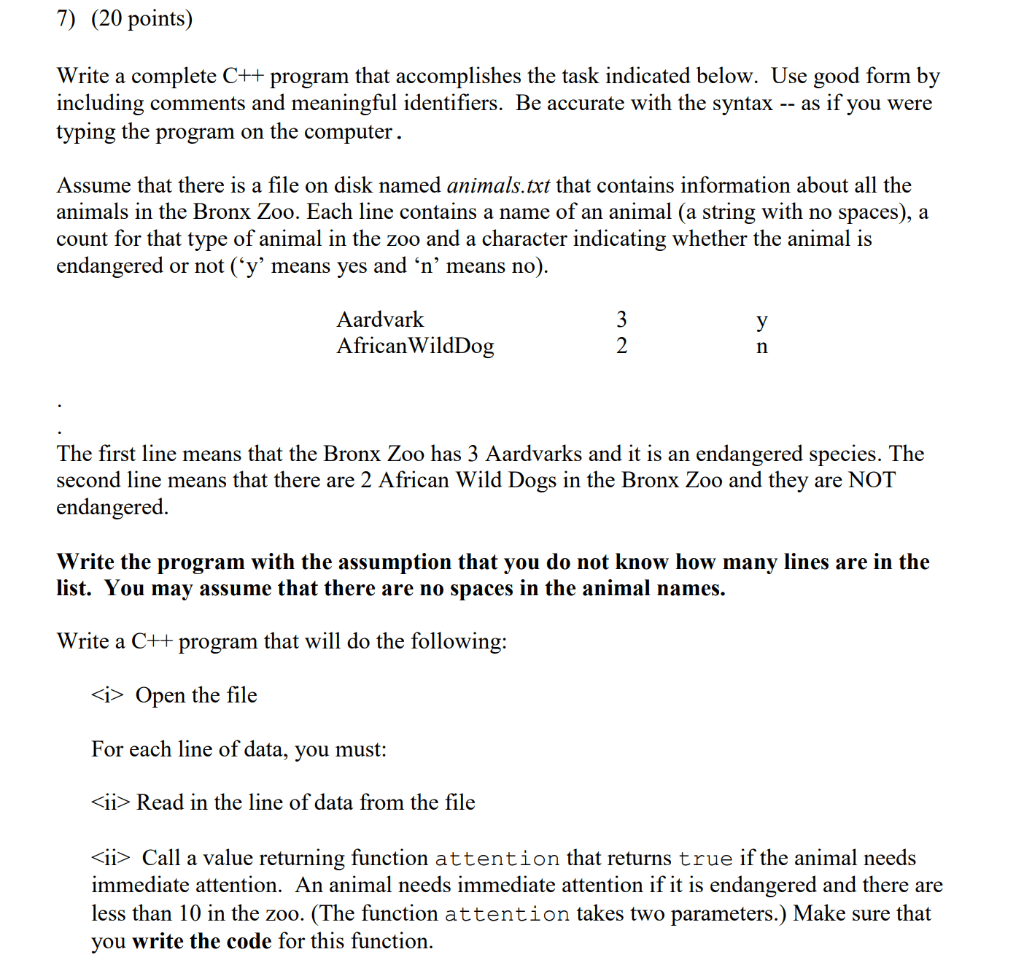The world is facing a crisis when it comes to endangered species. Climate change, habitat destruction, and poaching are among the factors putting many animals on the brink of collapse. But with collective efforts, it is still possible to save these animals from extinction. The Sumatran Orangutan, Amur Leopard, Hawksbill Turtle, Vaquita, Mountain Gorilla, Asian Elephant, Red Panda, African Wild Dog, Black Rhino, and Pangolin are some of the endangered species that need urgent attention. Conservation efforts, reducing our carbon footprint, and raising awareness are key to protecting these animals and ultimately, our own biodiversity.
10 Endangered Species That Need Our Immediate Attention
There are numerous species worldwide which are facing the threat of extinction. Human activities have caused damage to the environment through pollution, climate change, deforestation, and other factors. These actions have put many animals on the brink of collapse. However, the good news is that with our collective efforts, we can still save these endangered animals from going extinct. Here are ten species that desperately need our help.
1. Sumatran Orangutan
The Sumatran Orangutan, found only on the Island of Sumatra, Indonesia, is considered critically endangered. Their population has been dwindling due to habitat destruction, hunting, and poaching. According to data from the World Wildlife Fund (WWF), there are only around 14,600 Sumatran Orangutans remaining. Without further conservation measures, this species may become extinct in the next few decades.
2. Amur Leopard
The Amur Leopard, one of the rarest big cats in the world, is critically endangered. The majority of this species lives in the Russian Far East, and their population is estimated to be around 80. The major threat to these leopards is poaching, as their fur is sold on the black market at a very high price.
3. Hawksbill Turtle
The Hawksbill Turtle, found in the tropical waters around the world, is critically endangered, with their numbers estimated to be around 20,000. These turtles are often hunted for their meat, shells, and eggs. Climate change and habitat loss are also significant threats to this species.
4. Vaquita
The Vaquita is a rare species of porpoise found in the Gulf of California in Mexico, and it is the most endangered marine mammal in the world. Their population is estimated to be less than 30 individuals. They are mainly threatened by illegal fishing, where they often get entangled in nets.
5. Mountain Gorilla
The Mountain Gorilla, found only in the Virunga Mountains of Central Africa, is critically endangered. Their population is estimated to be around 1,000 individuals. They are threatened by habitat loss, disease, and poaching.
6. Asian Elephant
The Asian Elephant, found in India and Southeast Asia, is also critically endangered. The major threat to this species is habitat loss due to deforestation and human encroachment. They are also hunted for their ivory tusks.
7. Red Panda
The Red Panda, found in the Himalayan region, is also facing the threat of extinction. They are threatened by deforestation, poaching, and illegal trade in their beautiful fur, which is sold on the black market.
8. African Wild Dog
The African Wild Dog, found in sub-Saharan Africa, is also endangered. Their population is estimated to be less than 7,000 individuals. They are threatened by habitat loss, disease, and conflict with human activities.
9. Black Rhino
The Black Rhino is one of the most critically endangered animals in the world. Their population has declined drastically due to habitat loss, poaching, and illegal trade in their horns. Their population is estimated to be around 5,000 individuals.
10. Pangolin
The Pangolin, also known as the scaly anteater, found in Africa and Asia, is the most illegally traded mammal in the world. All eight species of Pangolin are facing extinction due to illegal trade in their meat and scales used in traditional medicine.
Conclusion
The above ten endangered species need our immediate attention if they are to survive. The decline in their populations is due to human activities such as poaching, habitat loss, and climate change. It is vital that we act now to save these animals before it is too late. We can achieve this by supporting conservation efforts, reducing our carbon footprint, and raising awareness about the need for endangered species protection. We must remember that by protecting these species, we are also protecting our own biodiversity and ensuring a healthy ecological balance.
